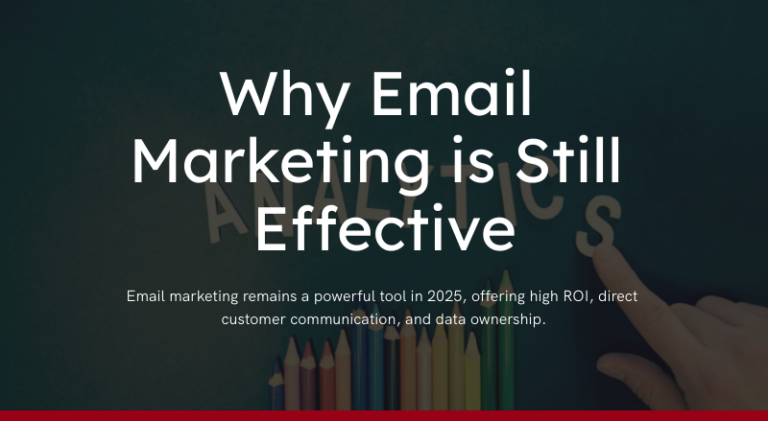Programmers and software engineers have a great way of summing up the importance of clean, usable data: “Garbage in, garbage out,” or GIGO. Put poor data into a system, and your results might not be accurate; feed it quality data, and you get outstanding results. Here’s some tips for getting the most of your marketing automation by feeding the system better data.
Assess Quality
Here’s where the GIGO principle really comes into play. Reliable, consistent data gives you reliable, consistent results; anything less, and your marketing automation system can’t deliver the lead nurturing power and revenue growth that’s been promised. How do you merge, purge and clean data? By assessing your data against an existing database and against other files within your own system, you’re able to weed out invalid records that will harm your email deliverability and your reputation.
To improve the quality of your data and fill in details your current list lacks, you need a large and well established database with which you can use to append information. Data appending services use information that’s already on file to fill blanks in other lists. For example, if your e-newsletter subscription files have recipients’ names, email addresses and job titles, cross-referencing with a larger database can give you mailing addresses, phone numbers and other key pieces of data about your prospects. When it comes to data appends, bigger is better; you need millions, not thousands, of names to enhance data files properly. For example The ReachBase database contains more than 72 million names, addresses and email addresses.
Standardize
You might like a varied diet, but automated systems thrive on standardized input. One of the greatest problems businesses have with their cross-channel marketing is that they can’t readily translate one data set into another platform, leaving information out of reach for analytics that might otherwise reveal a bigger picture. Until your data makes sense across channels, you can’t see which parts of your marketing strategy are working most efficiently.
Standardizing your data and developing set formats is the first step toward turning it into a more powerful tool. Systematizing data and standardizing it from platform to platform lets you access and cross-reference all of it. Automation means thinking in terms of systems, not just individual data points. Once your data is cleaned and standardized, you’re able to collect more data that can be readily stored and used.
Collect
Demographic and firmographic data still underlie a lot of marketing science. When you know who your customers are, you know what’s relevant to them, and relevance is key to engagement. Marketing automation also gives you access to a third type of information: behavioral data. With it, you learn not only who your customers are but how they interact with you, giving you a new perspective on prospects and customers that lets you create a 3-d buyer portrait. Historical data across all channels can tell a far more complete story than demographics alone.
Repeat
Feeding a marketing automation system high quality data is more than a one-time event. With every campaign, you’re collecting more information and supplying more complete data to the system. Want to learn more about the care and feeding of marketing automation systems? Contact Reach Marketing and discover why quality, not just quantity, matters for marketing data.
Think your organization is ready for marketing automation?
Contact us!
© Reach Marketing LLC 2015 All Rights Reserved.





